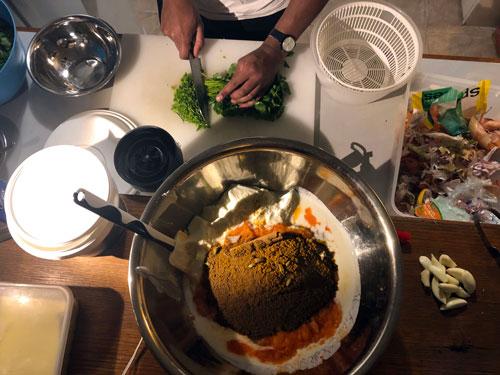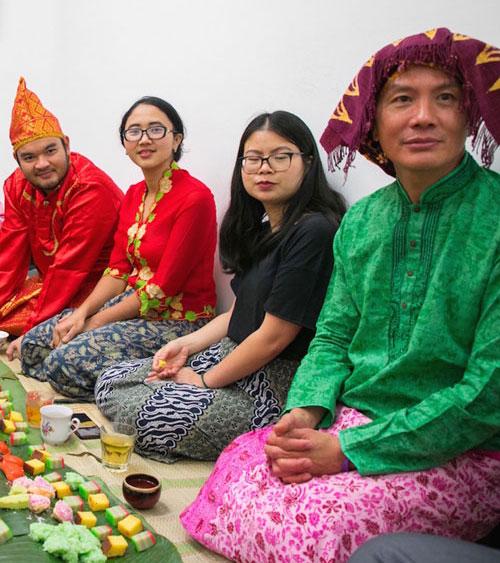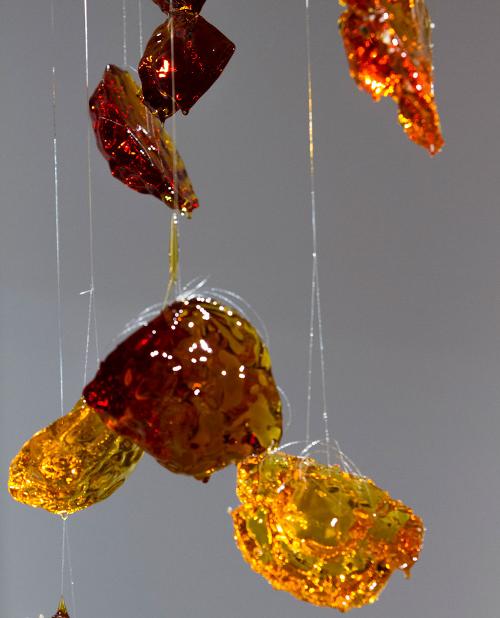Eating together online: The ambivalent conviviality of ASMR videos
The proliferation of food media is a mainstay of late-capitalist culture and our compulsion to participate online. Through the circulation of videos and images of food, individuals can climb social hierarchies, display their worldliness and sophistication, revel in comfort and leisure, and connect to competing notions of nationality and heritage. While the social function of food is nothing new, social media has helped to commodify all aspects of the culinary and gastronomic lifestyle. Food dominates online platforms, from the occurrence of individuals photographing, posting, sharing and commenting on their lunches to the fact that the most-liked image on Instagram is an egg.












